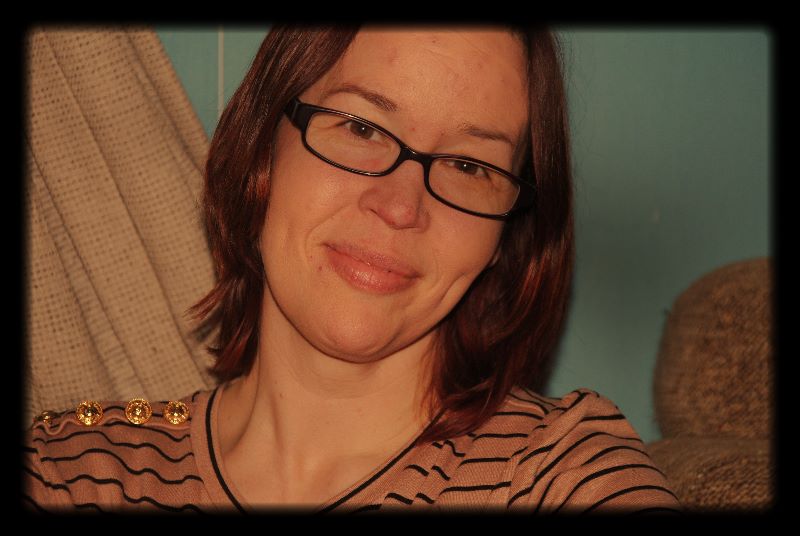
Eindhoven wants to become a smart society. But how does that work? What’s going on in a society like that? Are there any good examples to learn from? DataStudio Eindhoven explores the transition a city has to go through to actually become such a smart society. Each week, we present a new contribution on E52. This week: Richard Ponjee about Citybeacons. Read all the articles here.
Data, data, and still more additional data. The foundation of the Smart Society consists of ones, zeros and other info. But who collects data? And where can people find it then? And even more important: what is really the point? If it is up to Gaby Rasters, there will be one data counter: the Eindhoven Data Center.
That Eindhoven data center does not yet exist. It does already have a precursor. And Gaby Rasters is the project manager. This so-called Urban Data Center (UDC) is a collaboration between Eindhoven and the Central Bureau of Statistics (CBS). “Together with CBS, we look at how we can enrich each other’s data”, says Rasters. “In this way we try to make social issues more comprehensible.”
How that works? Well, the CBS has a lot of data and so does the municipality of Eindhoven. But until a year ago, these were two separate worlds. The UDC changed this situation. The combination of data should provide new insights and solutions. “For example, we have data on inflow and outflow in the labour market”, says Rasters. CBS has data on important life events. For example, are people married or perhaps just separated? Or do they have a debt burden? By combining such data, we can create risk profiles for certain groups. For example, for people who have an increased risk of unemployment.”
Another example. “Together with health care institutions, we are looking at whether we can use data to detect social exclusion in a targeted way”, says Rasters. “We want to be able to quickly find out if someone feels bad.”
And no, of course the municipality is not going to monitor depressed people. Or will they drag them away personally in front of the train. “But we may be able to identify specific groups in the neighbourhoods that are at risk of a life in loneliness”, continues Rasters. “And then it becomes interesting. If we know that, we canorganizee activities there and alert schools or health care institutions.”
Ultimately, the UDC must become the place where all these data come together. Data from, for example, universities and colleges, healthcare institutions and CBS, but also from commercial cooperation partners. These data, however, are only offered on an anonymised and aggregated level. “Dirty news about your neighbour can’t be found with us.”
Rasters warns: “It should certainly not just become a platform for government and companies. It is precisely the ordinary Eindhovenaar who should make use of the UDC. They must be able to come to us with their questions, irritations or dreams. This makes the center a real hub in the Smart Society.”
Ultimately, it’s all about the Eindhovenaar. They must be helped with all these data”, says Rasters. She compares it to other apps: “With the same ease with which people now look at weather radar, they will have to surf the Urban Data Center in the future.”
But this is far from being the case as of now, Rasters recognizes. Eindhoven does a lot of great things in the field of big data. But these initiatives are fragmented”, she notes. According to her, this is the big pitfall: “There are many initiatives, a thousand flowers blossoming.” According to the project leader, it would be nice if all these projects were covered by an umbrella: the UDC.
Once the UDC has become a real Eindhoven Data Centre, the work only really starts, according to Rasters. Then she wants to get started to make the Smart Society a real success. “We need to be more explicit about what is happening. We need to be more visible. We need to make people think. Because without the input of people, the Smart Society remains a utopia.”

